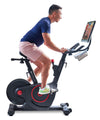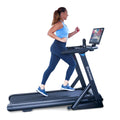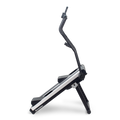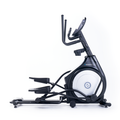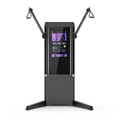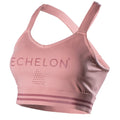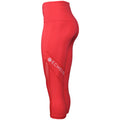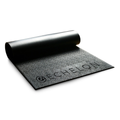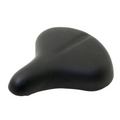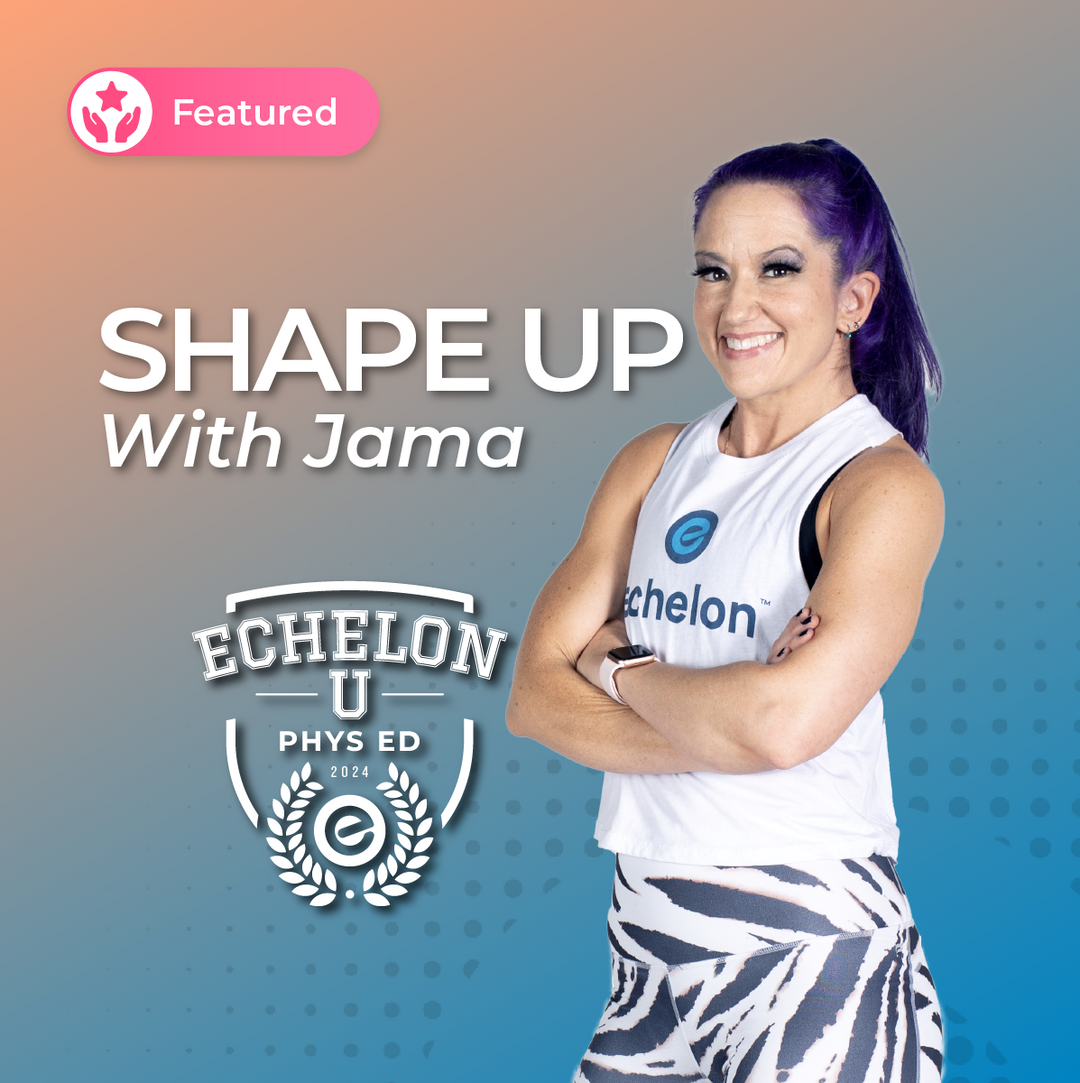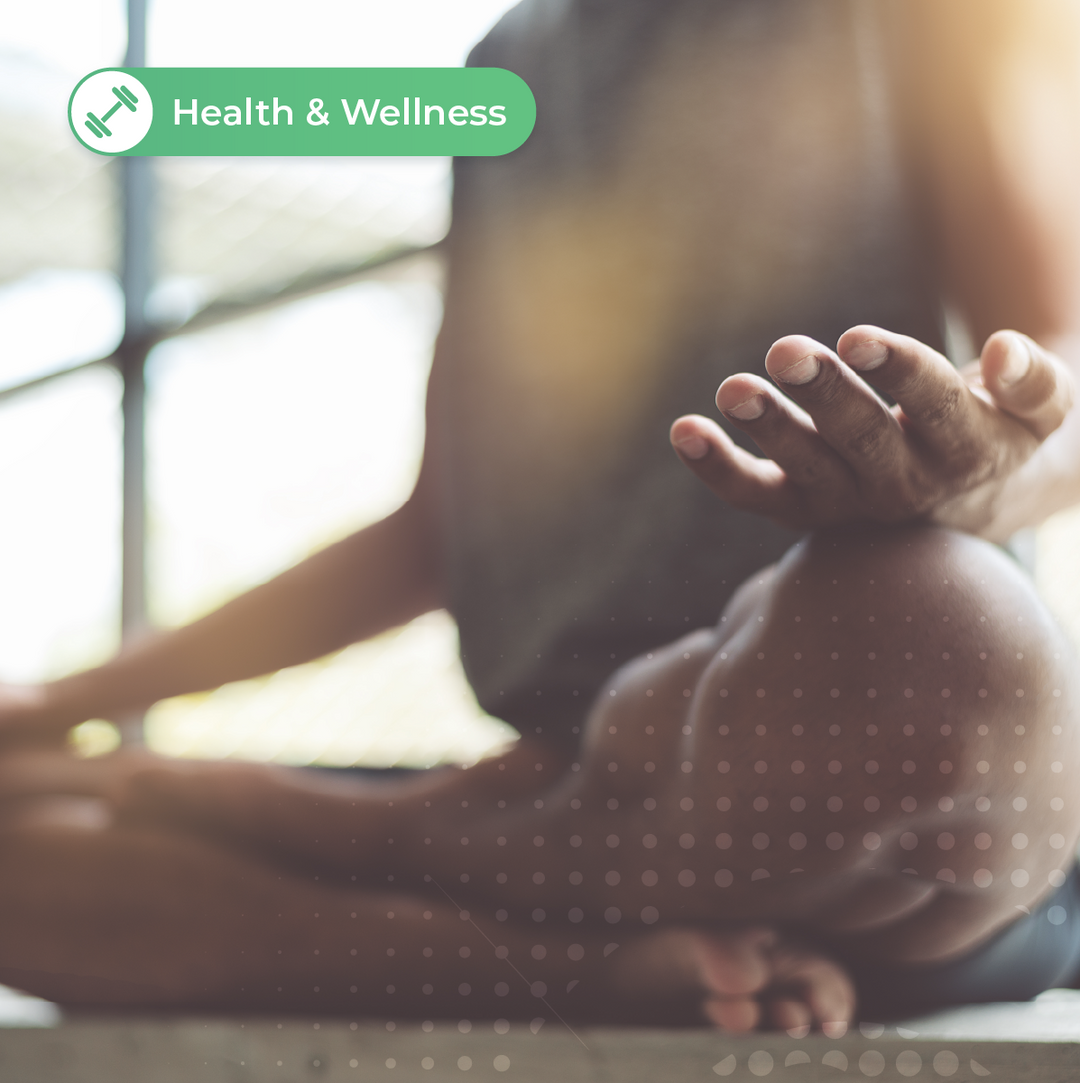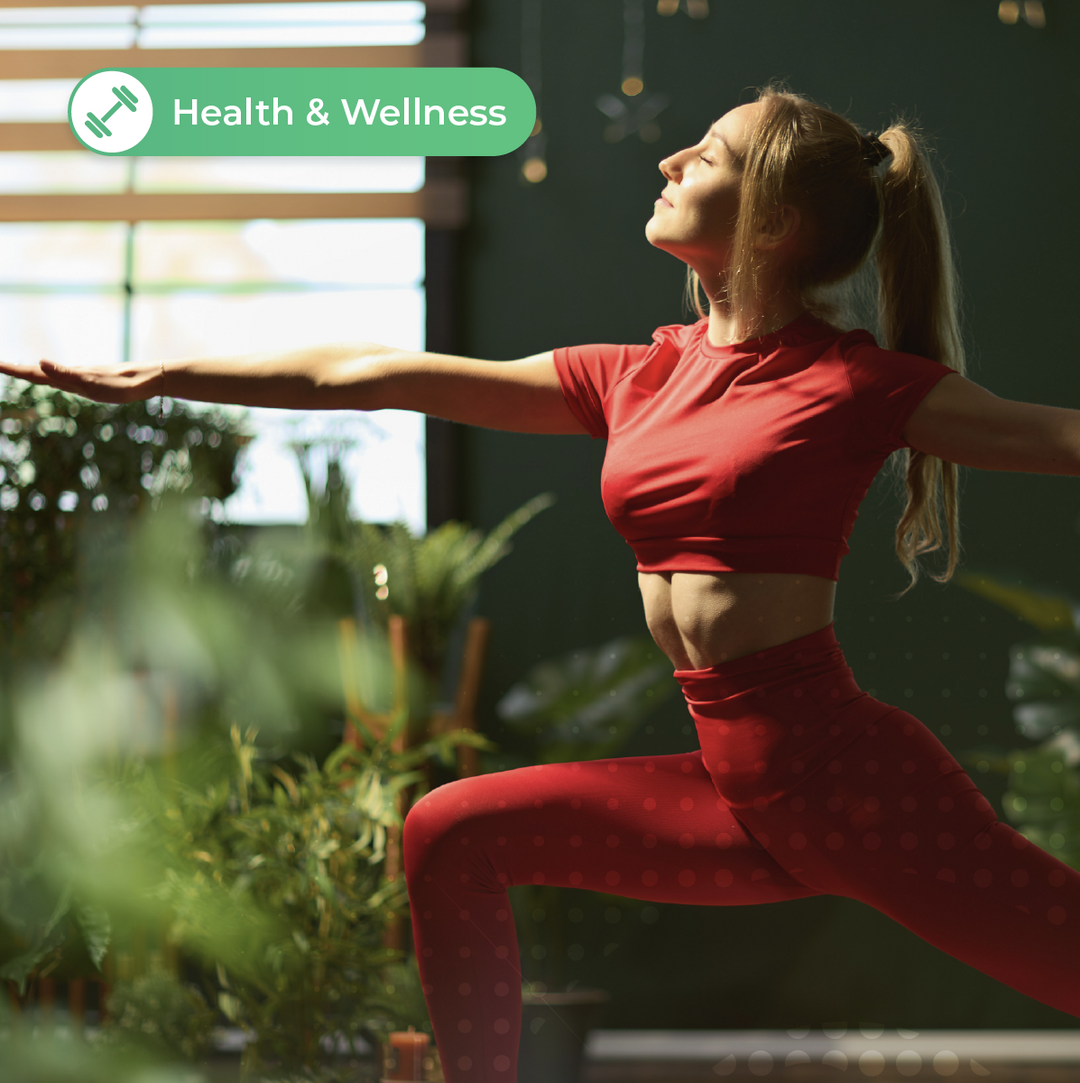Start Your Yoga Practice
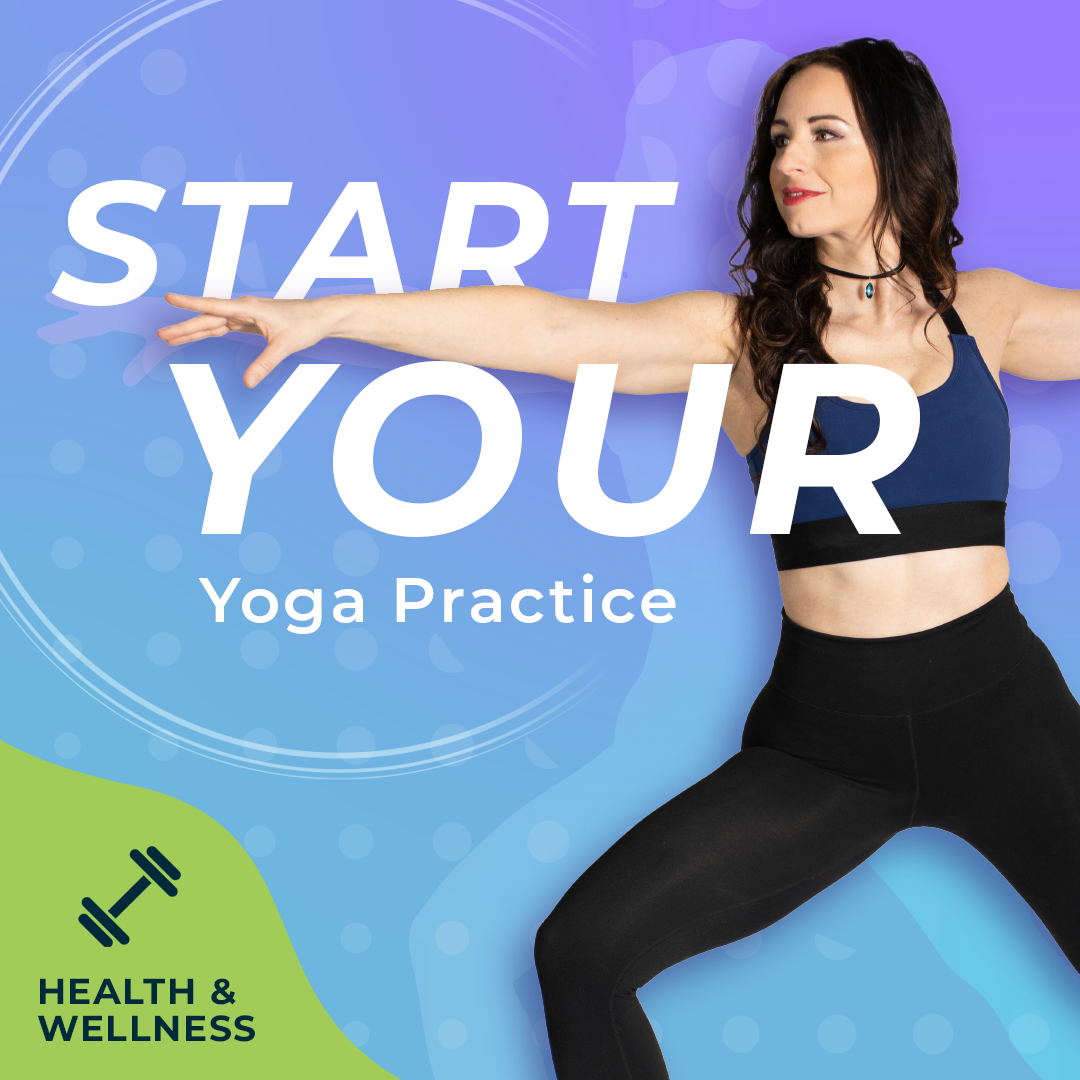
Yoga has spread from its roots in India to be practiced worldwide. Part of its international appeal is that a yoga practice is more than a physical workout; it can ease stress, relieve anxiety, promote quality sleep, and numerous physical benefits such as improved balance and heart health.
“Yoga is an invaluable gift from our ancient tradition. Yoga embodies unity of mind and body, thought and action ... a holistic approach [that] is valuable to our health and our well-being. Yoga is not just about exercise; it is a way to discover the sense of oneness with yourself, the world, and the nature."
The International Day of Yoga is a great time for people who are curious about yoga to try a class and experienced practitioners to celebrate the impact of yoga on their life.
Due to its ancient Indian roots, there are some aspects of yoga that may be unfamiliar to those new to the practice. To help you feel confident in a yoga class, we have broken down what you need to know to get started with yoga.
Yoga Class Needs
Yoga Mat - you will need a clean, dry yoga mat to help with the grip and stability of your postures during class. Use a sponge with mild soap and water to wash your mat and allow to air dry. If you find yourself slipping on the mat during a yoga class, ensure that you are in the correct posture and that your mat is clean (especially from sweat).
Towel - keep a midsized towel close at hand to help keep sweat off your mat and to use as a substitute for a yoga strap if you do not have one.
Yoga Strap or Substitute - Straps are optional and can be substituted with a midsize towel or even a sturdy t-shirt. Straps are often used for stretching to help achieve a broader range of motion but are not necessary for every yoga class.
Yoga Block or Substitute - another optional item that can be helpful, especially for beginners, is a yoga block. Blocks help with alignment, adding stability when transitioning to difficult movements, and adding support without compromising your form. Depending on the use, you can substitute with a one-step stool, a large book, or a firm cushion.
Comfortable/Stretchy Clothes - While specific clothing items will depend on personal preference, in general, we suggest tight-fitting clothing that will stretch and move. Avoid baggy shirts that may fall down over your face in an inverted position, stiff fabric like denim, and stick with bare feet instead of socks.
Plenty of Space - ideally you will have at least an arms width of space around your mat in all directions. Many postures require movement that will extend beyond your mat and you don’t want to have to stop your class to move the coffee table!
Common Words + Phrases
Postures - commonly referred to as “yoga poses,” postures are the different body positions used throughout a yoga class.
Vinyasa - when you string postures together and link with your breath, it is called a vinyasa.
Heart Center - the center of the chest is the heart center and you may hear the instruction “lift your heart center.”
Sternum - also known as the “breastbone,” the sternum is the flat, narrow bone that connects the ribcage at the midline of the chest.
Core - core may refer to the abdominal muscles, but often in yoga, it can more accurately be understood as the core of your body (like an apple core) that runs from the top of your head to the inner arches of your feet.
Sit bones - the pair of sitting bones at the base of the pelvis on the underside of the buttocks that you may be able to feel when sitting on a hard surface.
Sacrum - the triangular bony structure at the base of the spine that is connected to the pelvis is called the sacrum. It helps support the spine and stabilize the pelvis.
Namaste - within the context of yoga practice, Namaste (pronounced “nah-mah-stay”) is usually said during the end of the class with your eyes closed, palms touching in front of your chest, and gently bowing your head. It is used as a gesture of honor and commitment to yourself and your yoga practice.
Echelon Yoga Class Types
Athletic Yoga - This class is a faster-paced vinyasa yoga practice linking breath with movement while building strength, cardio, flexibility, and balance.
Restorative Yoga - Restorative Yoga is a healing yoga practice where poses will be held for longer periods of time to encourage relaxation and promote a calming effect.
Slow Flow Yoga - Slow Flow Yoga is a more leisurely-paced vinyasa yoga practice that links breath with movement, balanced with holding poses for longer periods of time.
Vinyasa Yoga - Vinyasa Yoga is a yoga practice that links breath with movement at a moderate pace. This workout will build strength, flexibility, and balance.
Yoga 45 - Work through 26 different yoga poses throughout this 45-minute class. By repeating the sequence twice in every class, you will be able to feel yourself getting stronger and more comfortable in the poses each time.
Get Started with Yoga Now
While yoga classes can seem like they are in a different language — there is quite a bit of Sanskrit — all it takes is a little bit of background to help you feel confident on the mat.
One of the biggest hurdles for starting yoga is the intimidation of a group of experienced yogis in the class around you. Luckily that isn’t an issue with Echelon; you can try new poses at home or pause a class if you need a minute! Check out one of our classes on the Echelon Fit app to see how yoga can make an impact on your physical and mental health.
New to Echelon? Our yoga classes are available with the Echelon Premier Membership and the FitPass Membership. Join our community and see how yoga can help you reach your fitness goals!


